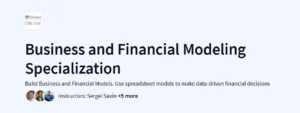What will you in the Algorithms for DNA Sequencing Course
Understand the core principles of DNA sequencing and its computational challenges
Implement string matching and alignment algorithms
Calculate and interpret Hamming and edit distances
Build and apply k-mer indexing, suffix arrays, and overlap graphs
Perform genome assembly using de Bruijn graphs
Apply Python programming in bioinformatics workflows
Program Overview
1. DNA Sequencing, Strings, and Matching
Duration: 4 hours
Overview of DNA sequencing technologies
Introduction to genome representation as strings
Understanding sequencing errors and quality scoring (FASTQ format)
Implementation of naive exact string matching in Python
2. Preprocessing, Indexing, and Approximate Matching
Duration: 3 hours
Application of the Boyer-Moore algorithm
Building k-mer indices and hash tables for genome search
Understanding approximate matches using the pigeonhole principle
Introduction to Hamming distance and edit distance
3. Edit Distance, Assembly, and Overlaps
Duration: 3 hours
Dynamic programming for edit distance calculation
Local and global sequence alignment
Principles of shotgun sequencing and read overlaps
Construction and analysis of overlap graphs
4. Algorithms for Assembly
Duration: 3 hours
Shortest common superstring and greedy algorithms
Introduction to de Bruijn graphs and their application in genome assembly
Eulerian paths and practical genome assembly considerations
Get certificate
Job Outlook
Bioinformaticians: Strengthen algorithmic problem-solving skills in genomics
Molecular Biologists: Gain computational tools for analyzing DNA sequences
Software Engineers: Develop efficient genome data pipelines
Students and Researchers: Build foundational skills for advanced bioinformatics research
Data Scientists: Expand skillset into biological data modeling
Specification: Algorithms for DNA Sequencing
|





